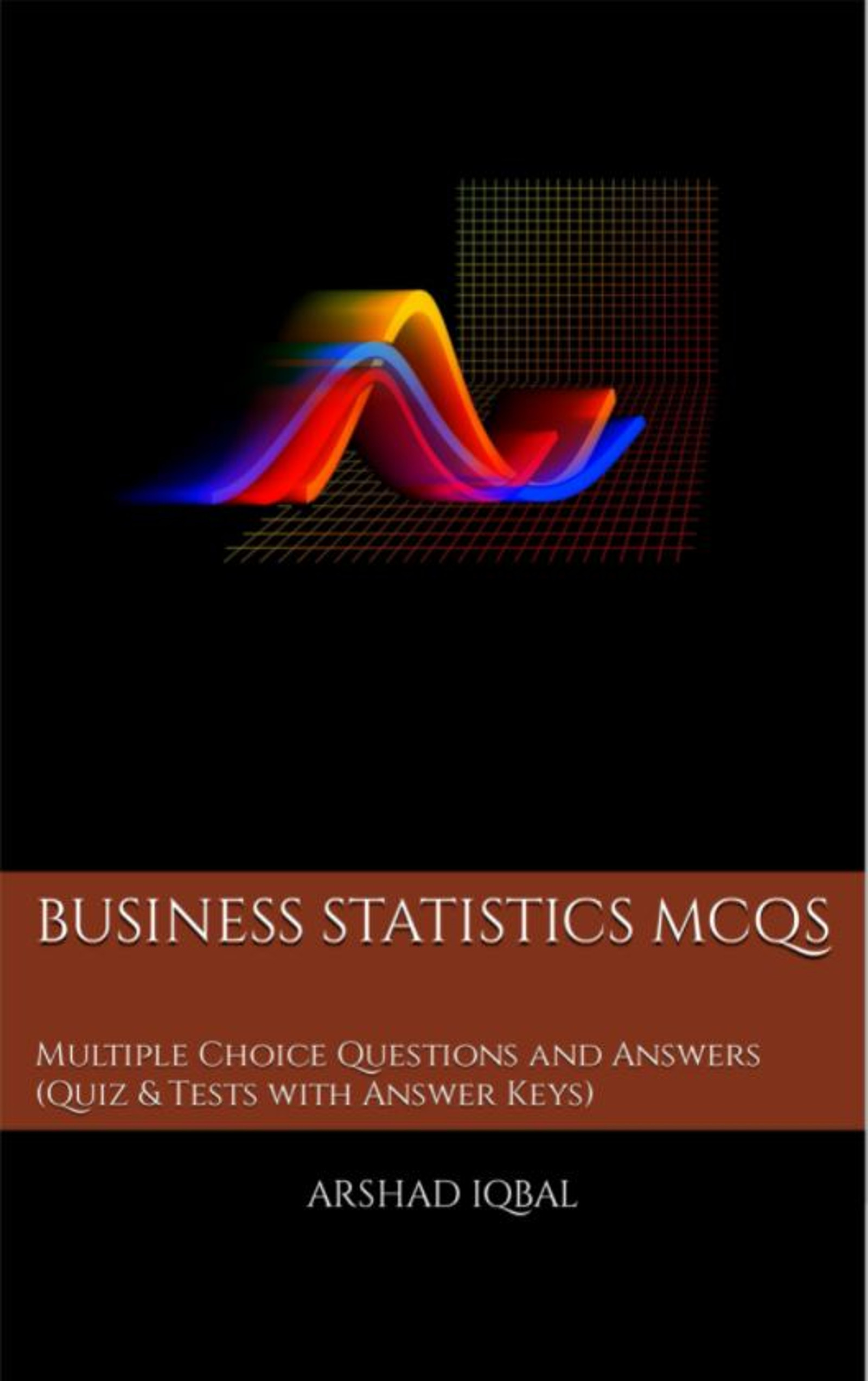BBA Business Statistics Practice Test 111
Sampling Distribution in Statistics Quiz Questions with Answers PDF Download - 111
The Sampling Distribution in Statistics Trivia Questions and Answers PDF (Sampling Distribution in Statistics Quiz Answers PDF e-Book) download Ch. 8-111 to solve BBA Business Statistics Practice Tests. Learn Sampling Distributions MCQ Questions PDF, Sampling Distribution in Statistics Multiple Choice Questions (MCQ Quiz) for online school programs. The Sampling Distribution in Statistics Trivia App Download: Free educational app for sampling distribution in statistics, cluster sampling, population parameters and sample statistic, variance and standard deviation, types of events test prep for best online business management degree.
The Trivia MCQ: The elements in sample with specific characteristics is divided to sample size to calculate; "Sampling Distribution in Statistics" App (iOS & Android) with answers: Expected mean proportion; Expected deviated proportion; Population proportion; Sample proportion; for best online business management degree. Study Sampling Distributions Questions and Answers, Google eBook to download free sample for business administration and management colleges.
Sampling Distribution in Statistics Quiz with Answers PDF Download: MCQs 111
The elements in sample with specific characteristics is divided to sample size to calculate
- expected deviated proportion
- expected mean proportion
- population proportion
- sample proportion
The method of random sampling which is also called area sampling method is classified as
- statistical sub cluster sampling
- sub cluster sampling
- proportional inertia sampling
- cluster sampling
In sampling, the measures such as variance, mean, standard deviation are considered as
- absolute statistics
- coverage estimator
- parameters
- estimators
The total order processed at courier office for five days are as 10, 6, 8, 7, 9 then total sum of squares is
- 12
- 40
- 10
- 8
If the occurrence of one event does not affects or explains the occurrence of other event then the events are classified as
- independent events
- dependent events
- known events
- unknown events
BBA Business Statistics Exam Prep Tests
Sampling Distribution in Statistics Learning App: Free Download (Android & iOS)
The App: Sampling Distribution in Statistics Quiz App to learn Sampling Distribution in Statistics Textbook, Business Statistics Quiz App, and Marketing Management Quiz App. The "Sampling Distribution in Statistics Quiz" App to free download iOS & Android Apps includes complete analytics with interactive assessments. Download App Store & Play Store learning Apps & enjoy 100% functionality with subscriptions!
